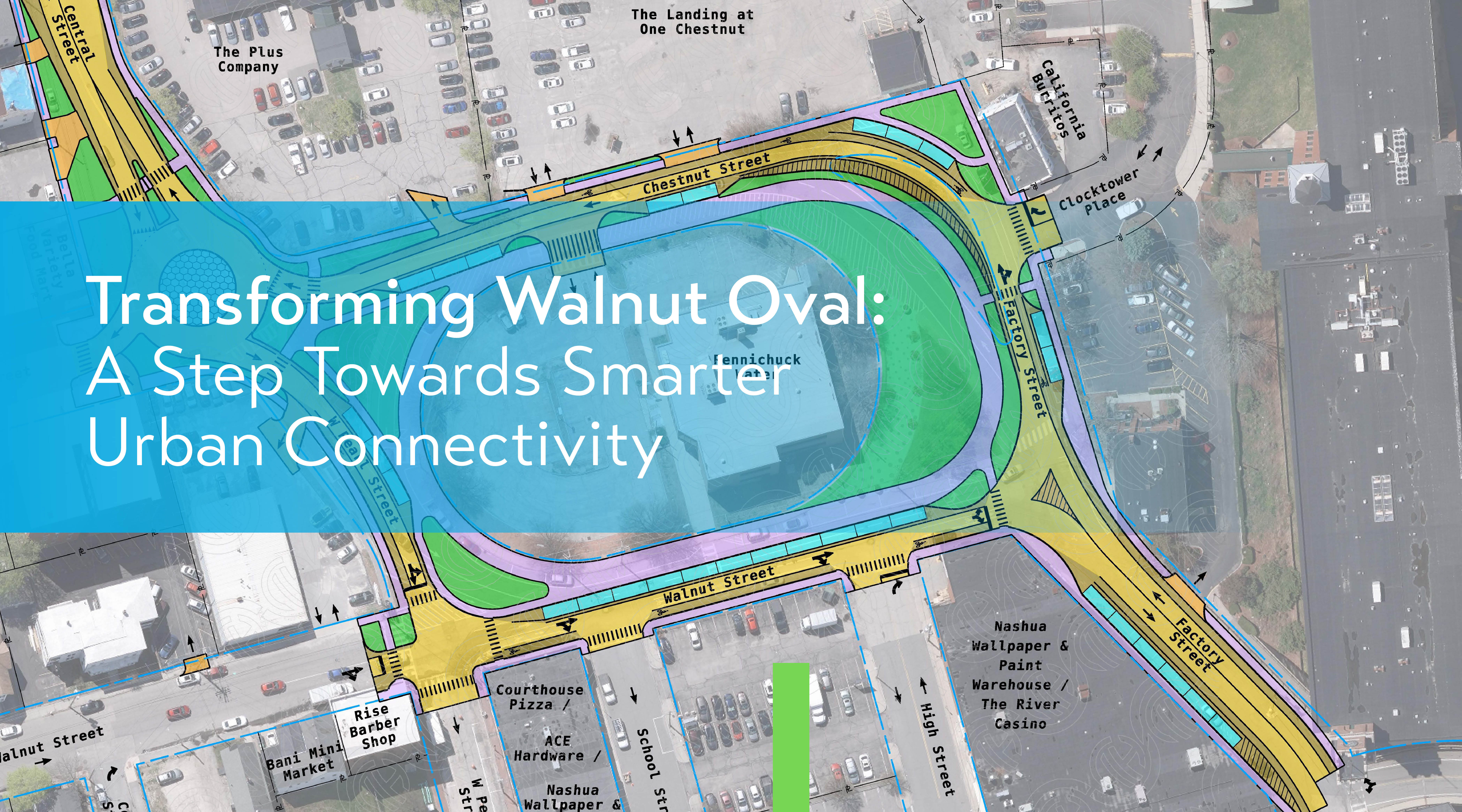Imagine trying to measure water in a beaker or in a measuring cup; it is stagnant and easy to follow the line of meniscus to see if it’s a ½ cup or 3/4. Then imagine measuring water in a river in order to build safer bridges; it tumbles over rocks, it changes speed, it experiences different water levels throughout a season.
Believe it or not, water movement is one of the most difficult phenomenon to solve. Yes, you can apply mathematics or numerical methods to solve complicated differential equations, but there are always some unknowns about turbulent flows (class 4 rapids) where general assumptions are made.
Rivers require intricate numerical models for river-type engineering problems, and I have been accepted to present on these intricate models at this years biennial National Hydraulic Engineering Conference (NHEC) in Columbus, Ohio. The Conference spans a week from 8/27 to 8/31, and I will be presenting on Friday, August 31st.
Per the NHEC website (https://www.ohio.edu/engineering/nhec/), the conference is themed “Advancing Hydraulic Engineering through Innovation and Resilient Design,” and will address the challenges that transportation agencies face to construct, maintain, sustain, and improve hydraulic structures in the physical, natural, social, and economic environments of today and tomorrow. At this conference, I will be presenting on Two-Dimensional (2D) Hydraulic Modeling with Tidal Boundary Conditions.
Modelers typically use computer software packages where you input topography, flows, roughness parameters, and hydraulic structures. The software package uses the input to solve mathematical equations. It seems simple enough, but a modeler needs to have a conceptual understanding of numerical methods and know the limitations of the software package being used.
Whenever you hear the term “3D,” you think of an object in a space that has 3-dimensions, right? Similarly, water moves within a 3-dimensional space, where there is a z-component (up, down), y-component (left, right), and x-component (back, forth). What if I were to tell you that the movement of water in the z-direction (up, down) is not considered?
What would that mean? Well, what that means is that mathematically, we are simplifying a very complicated problem: we are restricting movement of water to flow/move in 2D, 2-directions (x and y) and that is what 2D hydraulics is all about. Similarly, a one-dimensional (1D) hydraulic model is defined when the y-direction is neglected and water is confined to moving in the x-direction.
2D hydraulic modeling is not that new and has been available in an academia setting since the 80s. But in recent years, tools to develop 2D models have been readily available to engineers. A 2D model can’t be developed for every problem that we tackle, but it allows us to accurately represent actual real world conditions, make less assumptions and judgment calls, and communicate and show visualizations of flow movement to stake holders.
Written by Jeff Degraff









